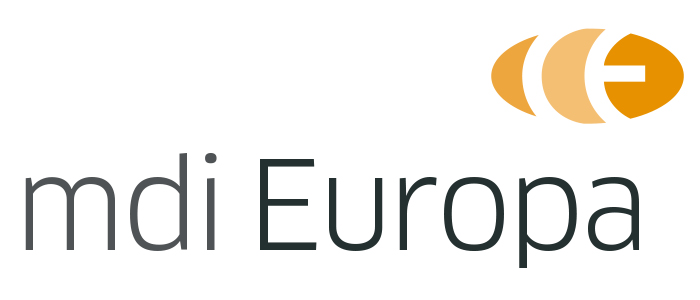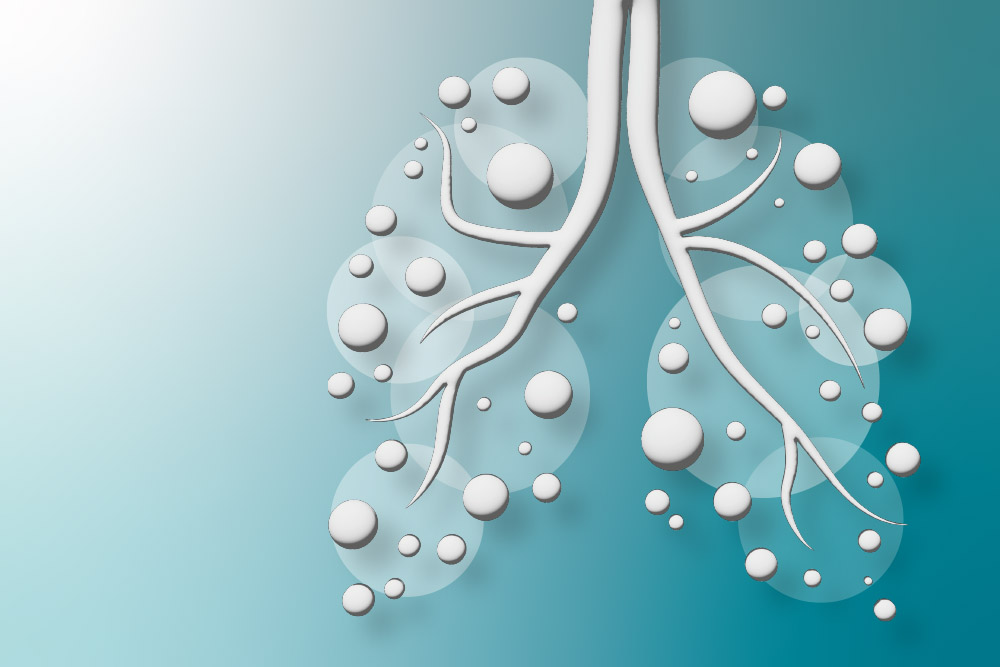The Scientific Committee on Health, Environmental and Emerging Risks (SCHEER) of the European Commission has recently updated its guidelines for assessing the benefits and risks of phthalates in medical devices. The updated guidelines are not only applicable to phthalates but also to other substances that are carcinogenic, mutagenic, toxic to reproduction (CMR), or endocrine-disrupting (ED).
Designed for stakeholders such as manufacturers, notified bodies, and regulatory bodies, the guidelines provide a method for justifying the presence of phthalates classified as CMR 1A or 1B, and/or ED in devices, parts, or materials used at a percentage above 0.1% by weight. These substances are otherwise prohibited from use in medical devices under the medical devices regulation (MDR). Additionally, the guideline offers a method for assessing potential alternatives to CMR/ ED phthalates in devices, including alternative materials, designs, or medical treatments. The approach of these guidelines may also be used for a benefit-risk analysis of other CMR/ ED substances present in medical devices.
It is important to note that notified bodies require this method for benefit-risk assessment as a standard for any substance in a medical device. Not using it may lead to questions regarding why it was not used. Medical device manufacturers must justify their use of hazardous phthalates and other CMR or ED chemicals under the MDR. Additionally, those substances’ presence above minimal levels must be communicated using a label on the device itself and/or on the packaging for each unit. The information labelled should be submitted using the EUDAMED device registration module.
The guidance update also involves minor revisions to the existing document, primarily focusing on the advancements made over the past five years concerning the application, exposure, and toxicology of alternatives to phthalate plasticisers in medical devices.
Source: Medtech Insight (an Informa product)





